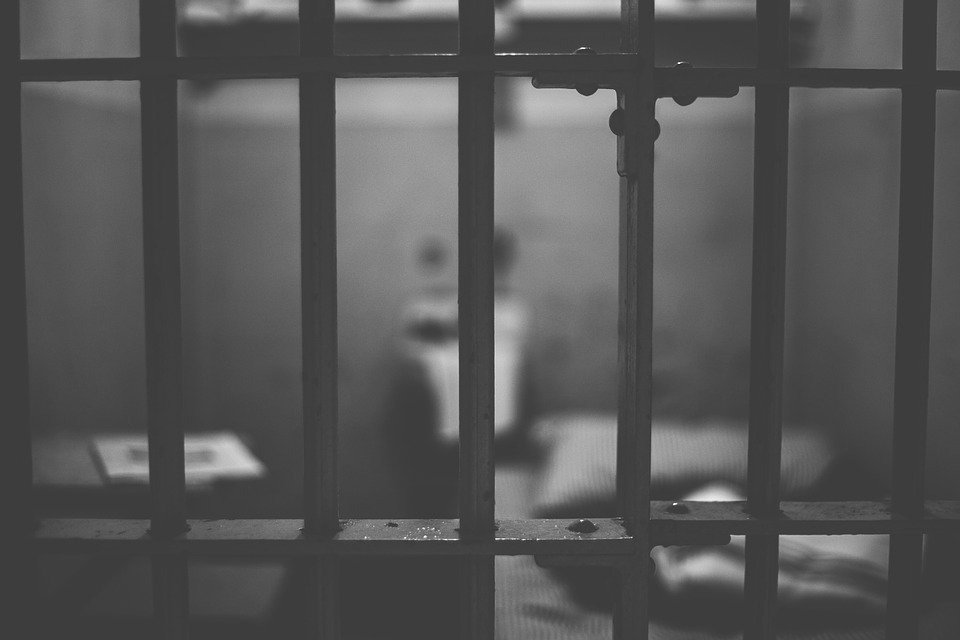Today, as the temperatures drop in Nashville, people experiencing homelessness in the city may find themselves retiring to a jail to sleep for the night. An empty jail is currently being used as an overflow shelter for the city’s homeless population. Moving into the winter months, the challenges facing homeless populations increase, and additional shelters are often required. To address the increased demand for space in shelters during the colder months, and additionally to house more homeless people in general, cities have turned to a new place to house the homeless: jails and prisons. Even though those taking shelter in a jail may be free to leave, housing the homeless in these complexes is a dangerous conflation of crime and poverty.
Though Nashville has described its current overflow facility as the “vacant Davidson County Sheriff’s Office dormitory,” this euphemistic description does not change the fact that just a few months ago the same space was used to house inmates. Though the city has faced public opposition to using the jail as an overflow shelter and promised it would not be a permanent solution, it has not made public any plans to change the location of the overflow shelter. Nashville is not the only city experimenting with these types of shelters: in Cincinnati, for example, the Hamilton County Jail is also currently operating as an overflow winter shelter. While this shelter will only be open for three weeks until a permanent winter shelter is constructed, the conditions may be even more dire than those in Nashville. Photos have emerged of homeless Ohioans sleeping on the floors of their county jail because no beds are available.
The jails being repurposed in Nashville and Cincinnati may not be housing the homeless and incarcerated people side-by-side, but the same cannot be said for other shelters located in similar facilities around the country. At the King County Correctional Facility in Seattle, the first floor of one wing is already operating as a homeless shelter – the rest of the jail still houses inmates. This wing, formerly used to house inmates, was repurposed to house 40 homeless men, and a new proposal is attempting to expand the shelter to more floors of the jail. Just outside of Seattle, a state senator has proposed using unused beds in another jail to house the homeless, in a dormitory style setting.
Additional proposals for new shelters introduce more separation between inmates and homeless people, but still present many of the same issues associated with housing non-criminals in jails and prisons. Also in Washington state, Yakima County is moving forward with a proposal to turn an unused storage site on a jail campus into a viable homeless shelter. While this proposal differs from the others in the state given the greater physical separation between homeless residents and inmates, the facility will still be overseen by the Yakima County Department of Corrections. Though the proposal purports this relationship to exist purely for security reasons, it is unsettling to know that homeless residents will be monitored by jail guards.
Though these proposals are well-intentioned and show that various municipalities in the country are proactively looking to help their homeless populations, they may do more harm than good. Blurring the line between criminals and homeless people is preventing many of these shelters from reaching the very populations they wish to help. In Nashville, a large portion of homeless people interviewed said that they declined shelter at the Davidson County Sheriff’s Office because of its location; they chose to remain in the cold instead. The facility is surrounded by barbed wire, making it feel less like a place of refuge, and more like a jail – which it is. In Seattle, a recently released inmate who found himself homeless upon finishing his sentence expressed interest in looking into the homeless shelter in the same facility. What message is being sent to both inmates and homeless residents if upon receiving their freedom, inmates find themselves in the same housing situation? Homeless people are not criminals, but placing them alongside incarcerated individuals sends the opposite message. Though they are technically able to leave, and have access to more resources than incarcerated populations, this is not enough of a distinction to make up for the fact that they are living in the same facilities. It is demeaning for homeless individuals to be treated essentially the same way as a town’s criminals. Additionally, it is important to look at how the conflation of homeless shelters and jails will be viewed by the public: the physical proximity of the two may strengthen already biased presumptions about homeless individuals.
Many officials welcome these proposals on the basis that any bed is better than no bed. While it would be foolish to advocate for the closure of these particular facilities without a replacement, it should not be too hard to find an alternative. Temporary overflow shelters do not need to be in completely vacant facilities, and there are many public establishments that would be just as adequate. In Dallas, a convention center is being used as an overflow shelter. Albany County in New York has partnered with nonprofits to find additional overflow spaces. Though the idea of an overflow shelter in itself is not ideal, and not intended to be permanent, many other facilities do not carry the same dangerous connotations as prisons, and may offer the same availability. Similarly, there are more feasible options for permanent shelter besides prisons: other types of buildings can be turned into shelters, and they have been in the past. Looking to prisons and jails instead is an alarming and irresponsible trend that shows a disregard for the true wellbeing of homeless people.
Photo: Image via Ichigo (Pixabay)
